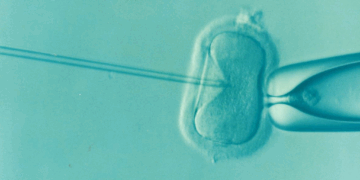Parkinson’s Patients Find Healing In The Rhythm Of Dance
A recent study published in the Journal of Medical Internet Research reveals that dancing can improve the mental well-being of people with Parkinson’s disease, particularly in reducing symptoms of depression. The study, led by Joseph DeSouza, an associate professor of neuroscience at York University in Toronto, found that participants who took dance classes for eight months experienced both a reduction in depression symptoms and observable changes in brain areas related to mood regulation.
The research involved 23 Parkinson’s patients who participated in weekly dance classes through the Sharing Dance Parkinson’s program at Canada’s National Ballet School. The classes, which progressed from basic movements to more complex choreographed routines, showed positive effects on the participants’ mood, as evidenced by brain scans and self-reported surveys. The study found that brain regions associated with depression, such as the subcallosal cingulate gyrus (SCG), showed reduced activity over time, suggesting a decrease in depressive symptoms.
Parkinson’s disease, a condition characterized by the degeneration of dopamine-producing brain cells, typically causes motor symptoms like muscle stiffness and slower movements. However, it can also lead to mental health issues, including depression and anxiety, which affect up to half of those diagnosed. The study highlights the broader impact of Parkinson’s on a person’s mental and social well-being, an area often overlooked in traditional treatments.
Researchers believe that dancing has a dual impact on Parkinson’s patients. The physical movement stimulates the brain’s motor and sensory circuits, while music enhances the brain’s reward system. However, DeSouza emphasized that while dance can improve quality of life for people with Parkinson’s, it is not a cure for the disease. The primary goal of the study is to help patients live better lives and improve the well-being of their families who care for them.
This study is the first to demonstrate the positive effects of dance on both mood and brain activity in Parkinson’s patients through these combined methods. Researchers hope that their findings will encourage more exploration into the role of dance and other creative therapies in managing the mental and emotional aspects of Parkinson’s disease.

































Discussion about this post